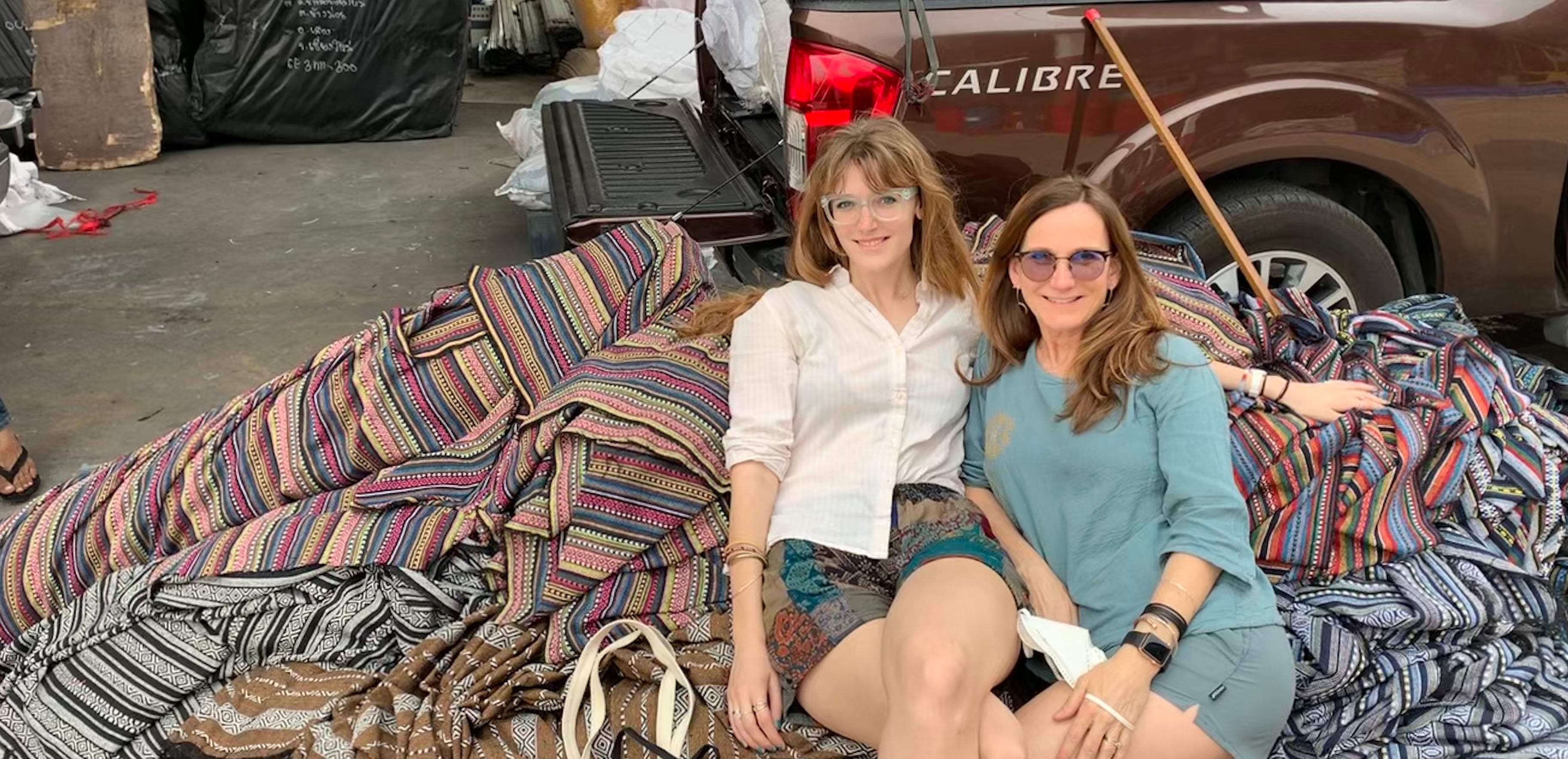
Festival Fabric: Why It's a Love-Hate Relationship
Our OG, bread and butter, day-one fabric. Who knows where COH would be if it weren't for festival fabric? Kat was so inspired when she first laid eyes on it at a Thailand textile market back in 2013. With its funky, bright, and colorful array of stripes, she had never seen anything like it.
Kat picked 5 or 6 of her favorite colorways, and turned them into a simple, one-size pair of unisex shorts. Her main focus was on comfort, huge pockets, and the celebration of gorgeous textiles.
Now, after working with these soft + breathable open-weave fabrics for over a decade, we have learned a lot about their practicality.
Festival Fabric Pros & Cons
Evidently, festival fabric is not consistently durable. Our trusty repair service was born out of necessity. In the first couple years, we had quite a few shorts rip or blow out completely. Often within a year of purchase, or sometimes merely months or weeks, depending on the use. Frankly, unacceptable.

We quickly learned how to weed out weaker fabrics at the market, and reworked thousands of shorts to strengthen the seams. In addition, the shorts patterns were redesigned to help combat the issue. This involved both headaches and a multitude of seam reinforcement tests.
Hundreds of hours were spent re-sewing + reinforcing each and every pair of festival fabric shorts we have in our inventory room (which, by the way, is actually just the master bedroom of Will + Jeanne’s house, aka the COH studio). It’s an extremely slow process-–we are currently still working through reinforcing all inventory on hand, trying our best to make each piece as sturdy as possible before it starts its new life with our customers. What we’ve come to realize is that it’s not how we sew the seams, it’s actually the fabric itself that is failing.
Ethical & Sustainability Considerations
We have also learned along the way there is not much transparency surrounding the production of this type of fabric. We originally believed it was a Thai material. But, upon digging further and through conversations with the lovely shop owners at the market, we now know that it is imported from China. We found it a shame to learn that, actually, very few textiles are being produced locally in Thailand anymore.
Thailand used to have vibrant textile production. However, China has become the world’s largest textile giant. They are able to meet high demands with very short lead times and exceedingly low prices, which has led to the overshadowing of textile industries in most other Asian countries. Despite China’s textile industry being so large and robust, there is not much understanding on the production of these fabrics. The same goes for the conditions.
Color of Heat’s Mission
Durability issues, coupled with ethical and sustainability concerns, have led us towards sourcing only locally woven fabrics. We can ensure these Thai fabrics are 100% natural fibers, and they are certainly more durable. Color of Heat wants to provide quality products that stay intact and can be loved for a lifetime, or even longer.
Our goal is to take care of all the people we touch, every step of the way. Starting from production of the fibers + textiles, our artisans and employees, and finally our wonderful customers. Oh, and our helper cat, Cleo. We would not be anything without each of these individuals. It’s our mission to have an understanding and a baseline level of decency through ethical labor and fair trade. This includes making sure our customers are happy and satisfied for a lifetime with their Color of Heat goods!
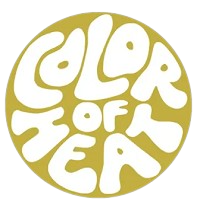
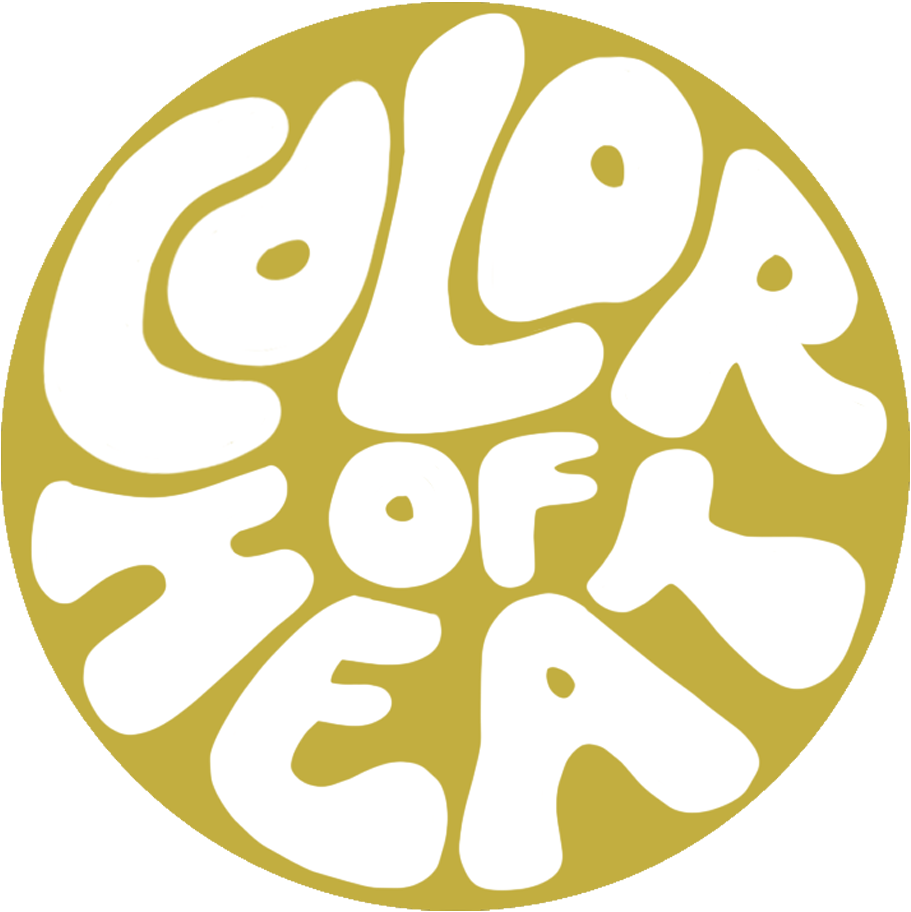
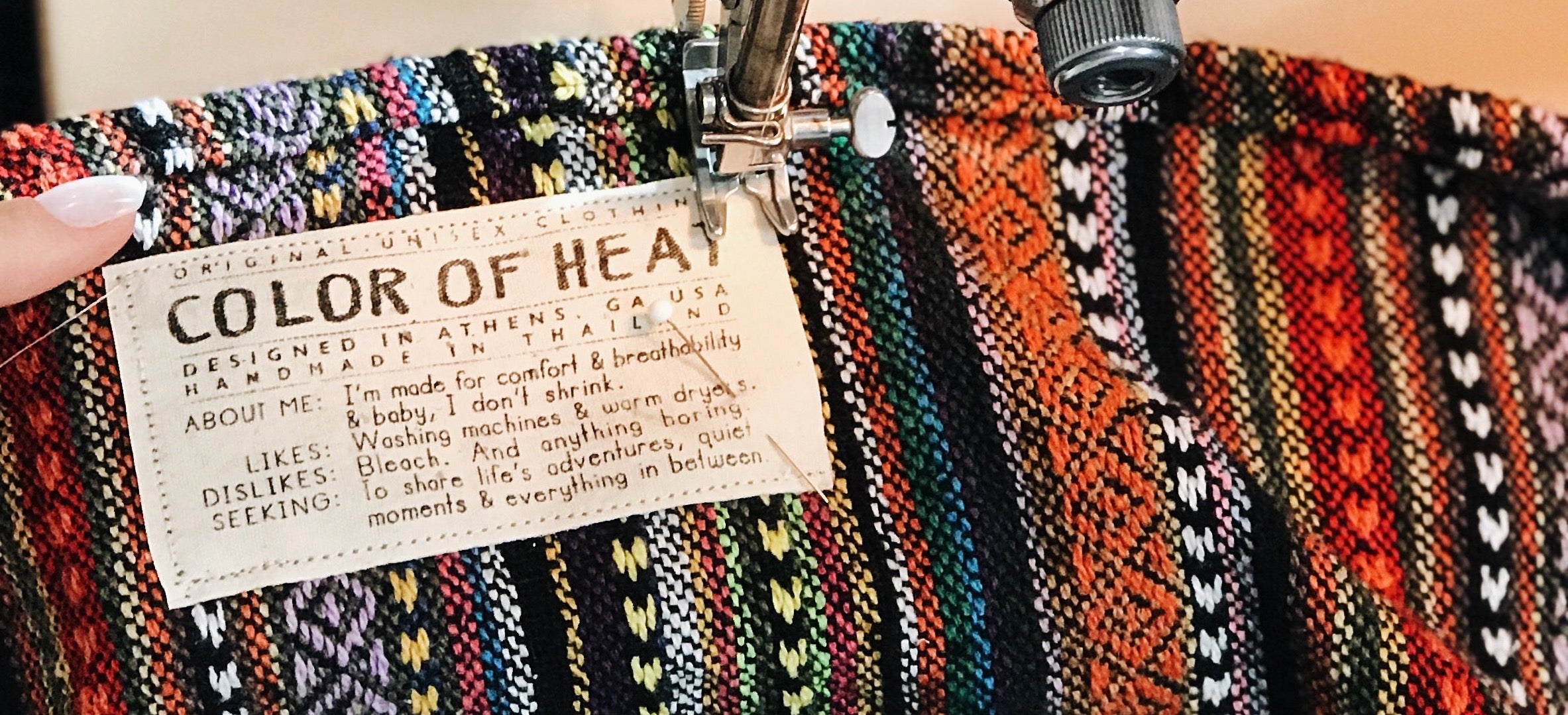
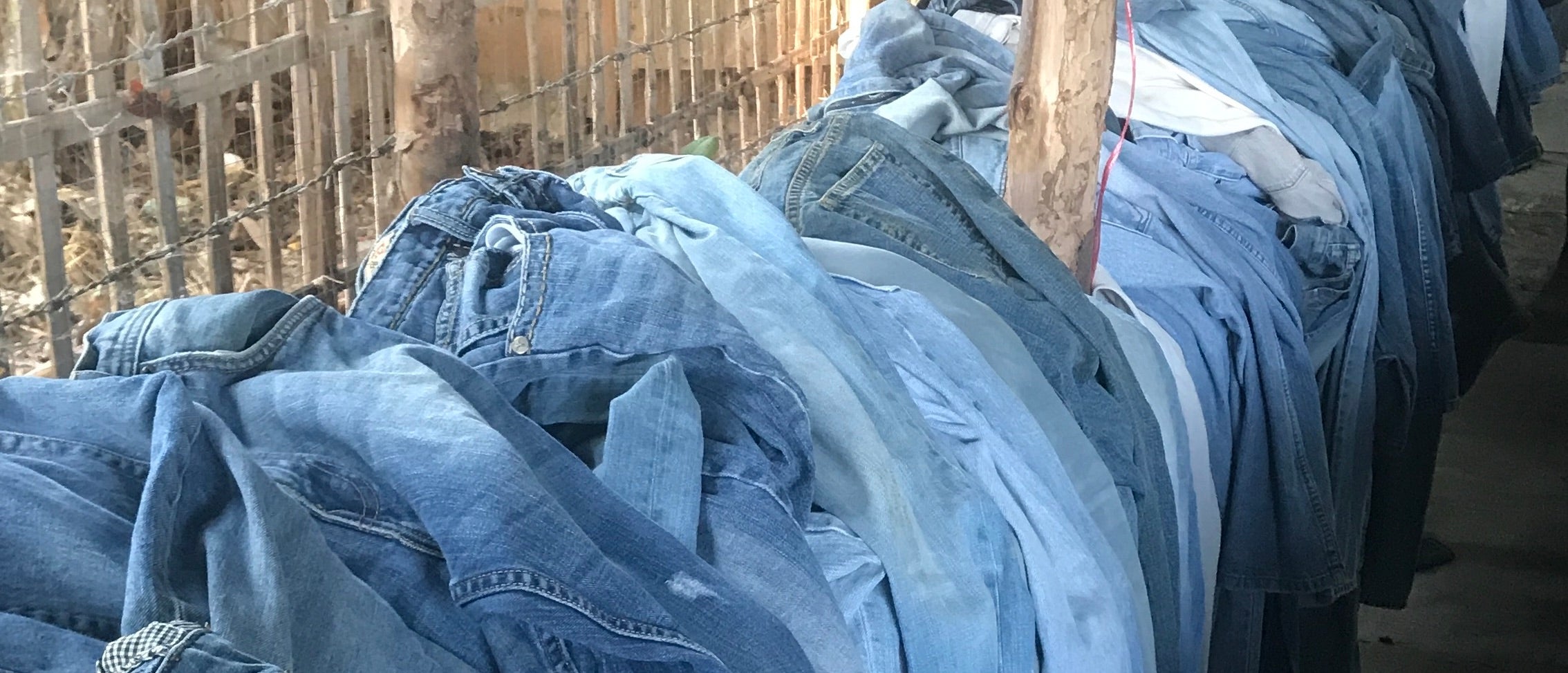

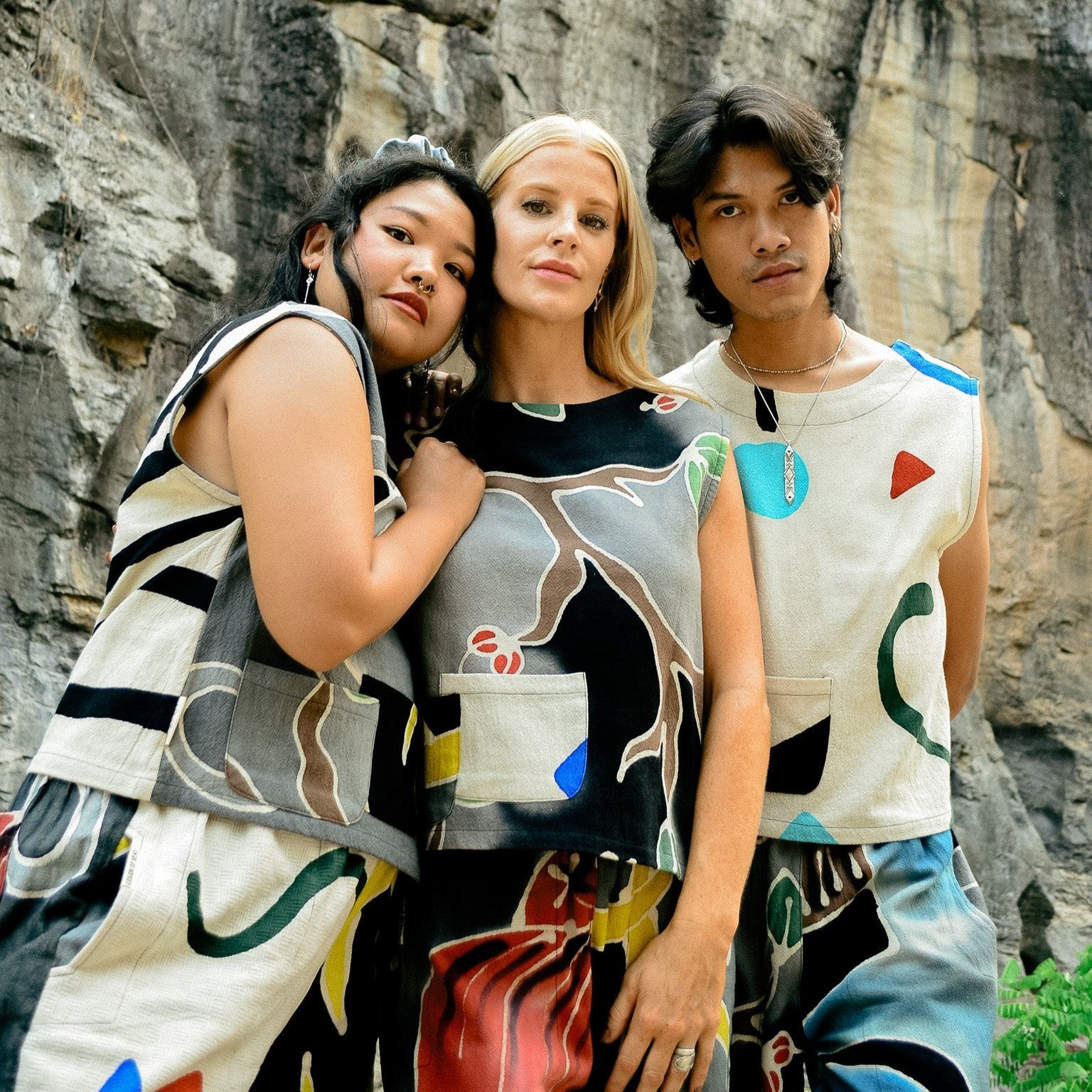
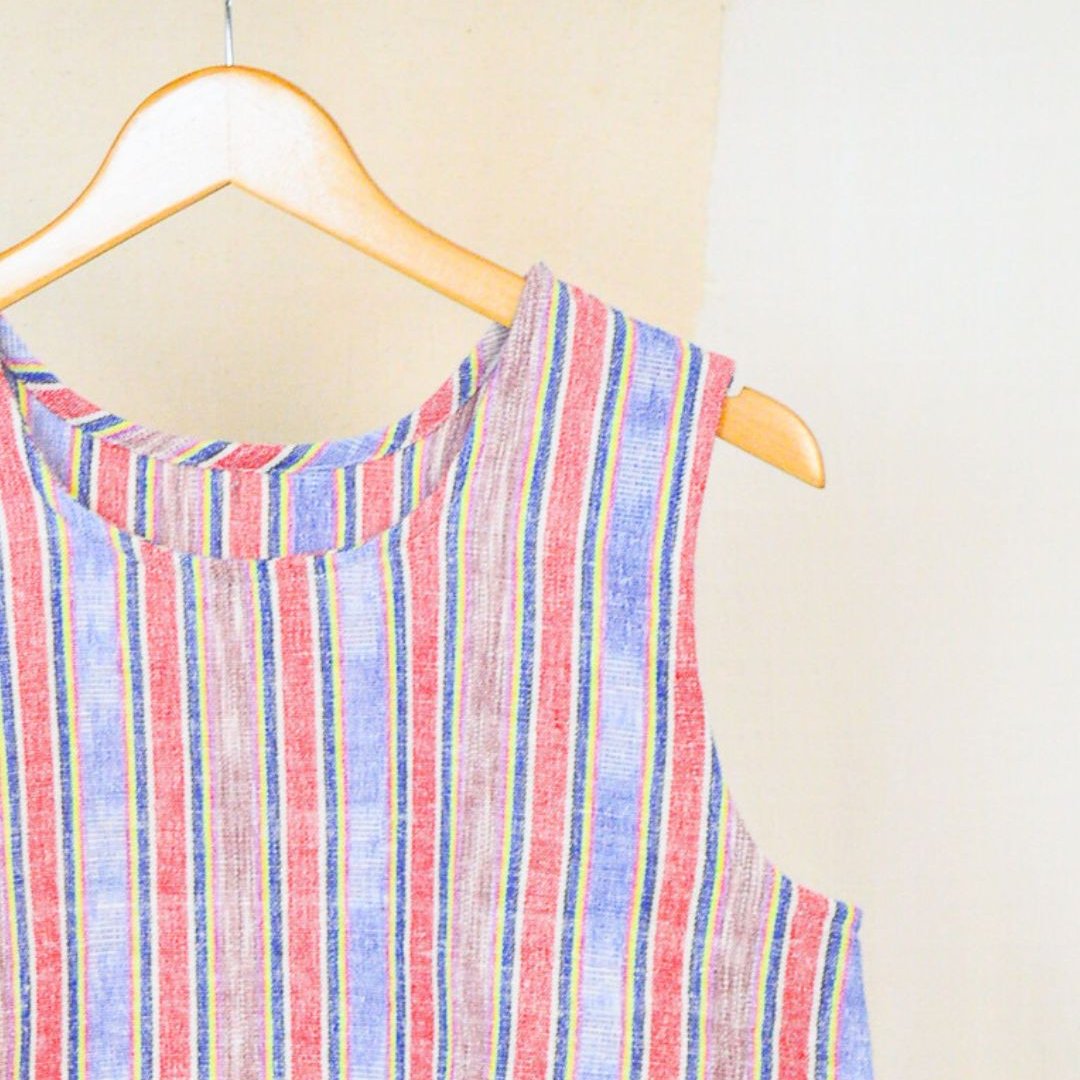
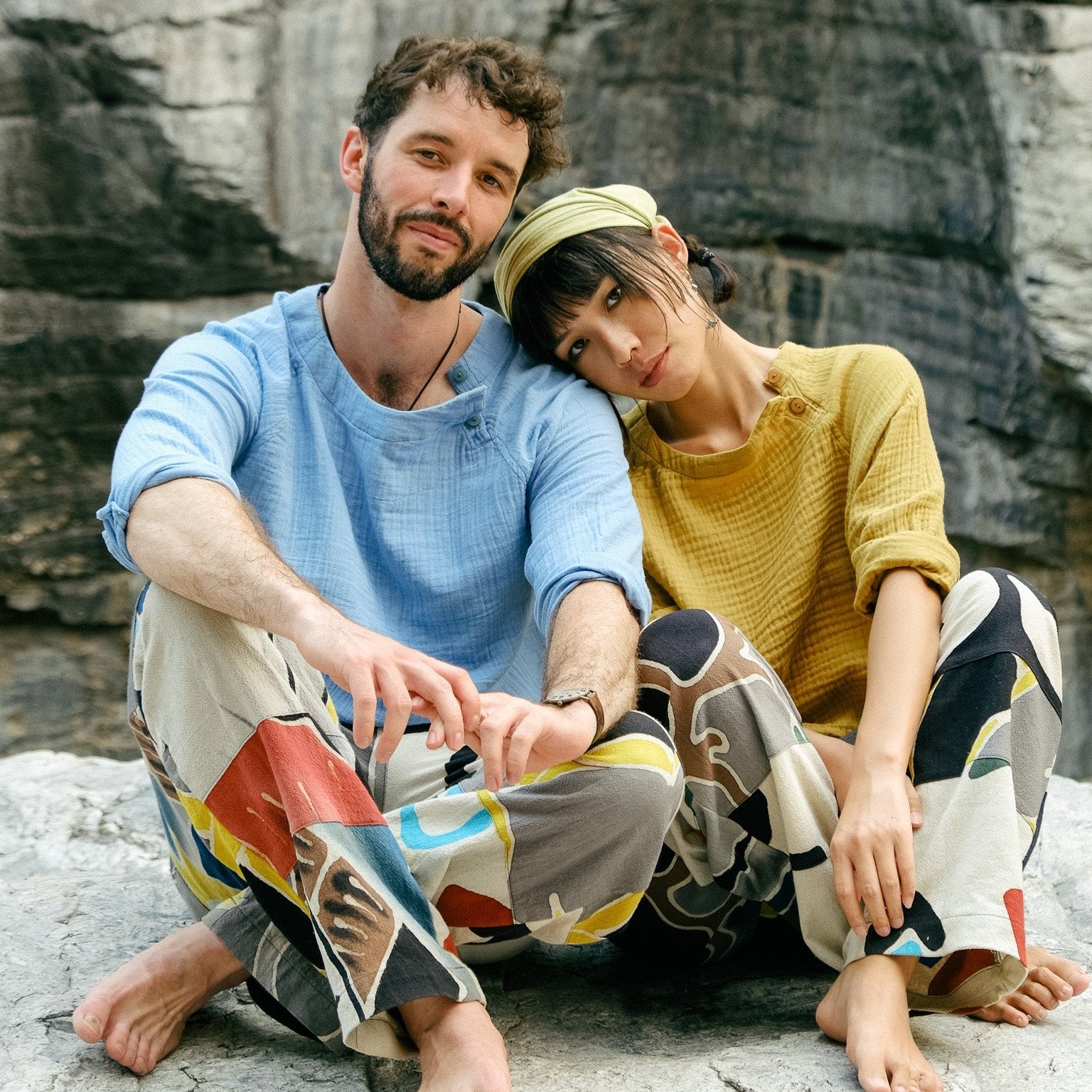
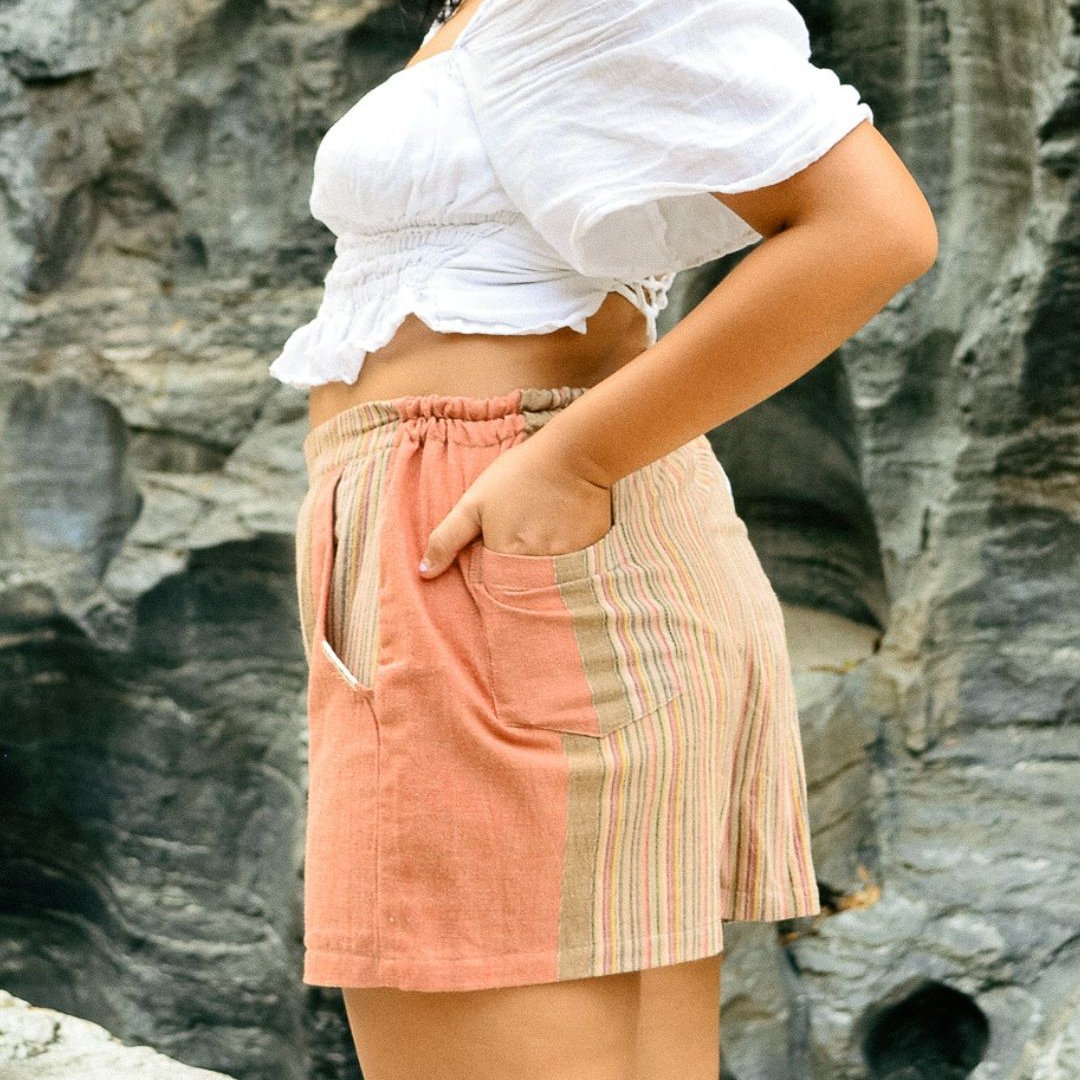
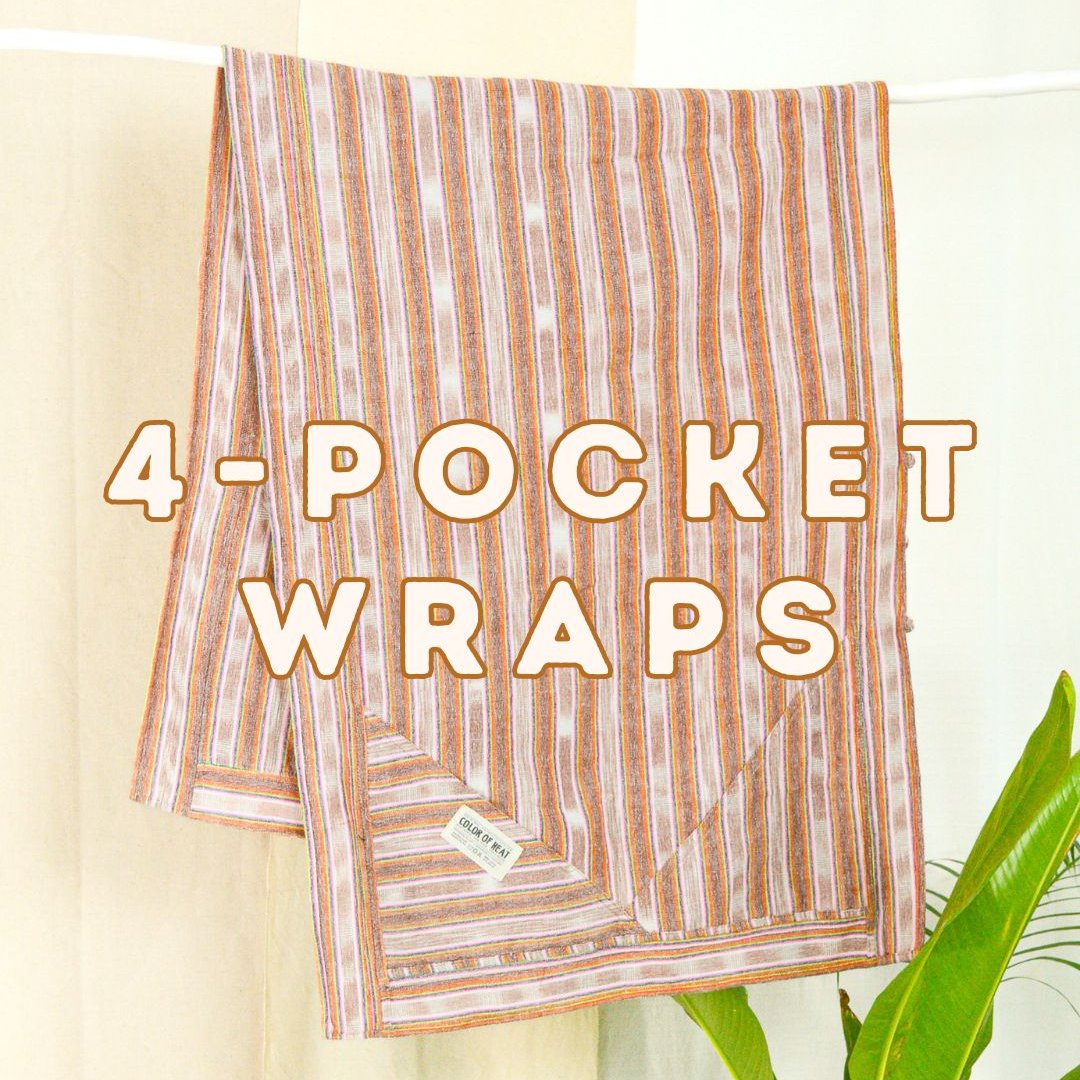
Leave a comment
This site is protected by hCaptcha and the hCaptcha Privacy Policy and Terms of Service apply.